Are you tired of constantly having your welding helmet fog up? This can be a common issue for welders and can cause discomfort, obstructed vision, and even safety hazards.
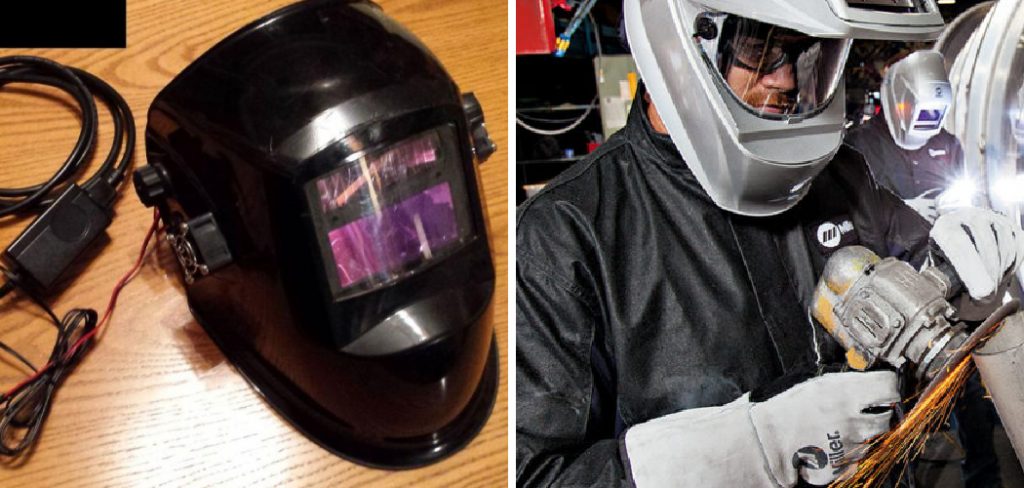
Fortunately, there are several ways to stop fogging in your welding helmet. In this guide, we will discuss the causes of fogging and provide some practical solutions on how to stop fogging in welding helmet.
Welding is an intricate and demanding task that requires clear visibility to ensure precision and safety. However, one common challenge welders face is the fogging of their helmet visors, which can obstruct their view and potentially cause accidents.
Fogging occurs due to the temperature difference between the helmet’s inside and the external environment, causing moisture to condense on the visor.
This guide will explore effective methods and practices to prevent your welding helmet from fogging, allowing you to work efficiently and safely.
What are the Causes of Fogging in Welding Helmet?
Fogging is usually caused by a combination of factors such as temperature differences, humidity levels, and ventilation. Here are some common reasons why your welding helmet may be fogging up:
- Your Body Heat: As you weld, your body generates heat that can cause the inside of your helmet to become warm and humid. This moisture then condenses on the visor when it comes into contact with cooler air from outside.
- Ambient Temperature: The external environment can also contribute to fogging if it is significantly colder than the inside of your helmet. This temperature difference leads to condensation on the visor.
- Humidity: High humidity levels can make it challenging to prevent fogging, as moisture is already present in the air. This can be especially problematic when welding in humid environments.
- Lack of Ventilation: Proper ventilation prevents fogging in welding helmets. If your helmet does not have enough vents, moisture can become trapped inside, leading to foggy visors.
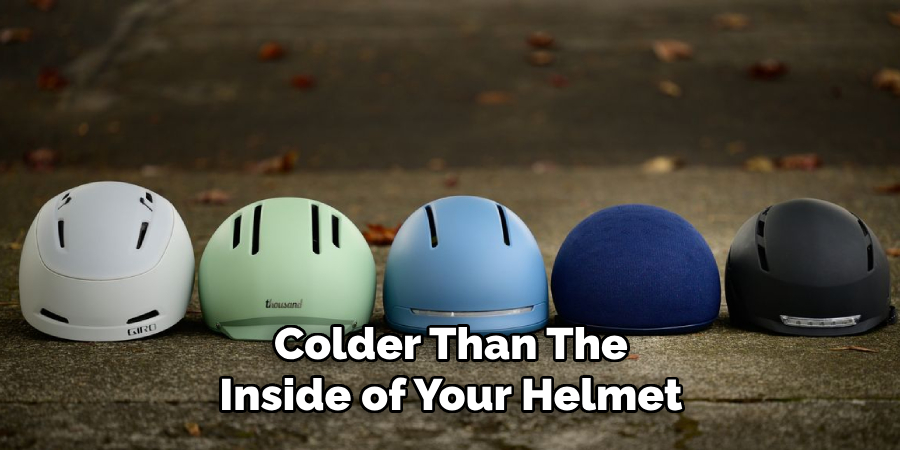
Now that we know the common causes of fogging let’s explore some practical solutions.
What Will You Need?
Before we dive into the solutions, here are some items you may need:
- Anti-fog spray or wipe
- Fog-free lens insert
- Microfiber cloth
- Helmet liner or sweatband
Once you have these items, you can proceed with the following methods to prevent your welding helmet from fogging.
10 Easy Steps on How to Stop Fogging in Welding Helmet
Step 1. Clean Your Visor Regularly:
One of the simplest yet most effective ways to prevent fogging in your welding helmet is to clean your visor regularly. A clean visor minimizes the chances of moisture build-up and ensures a clear line of sight. Here’s how to do it:
- Remove the Visor: Start by carefully removing the visor from your welding helmet. This makes it easier to clean and helps you access all areas of the visor.
- Use a Microfiber Cloth: Wipe down the visor with a soft, non-abrasive microfiber cloth. Microfiber cloths are ideal because they do not scratch or leave lint behind, providing a clear and spotless finish.
- Apply Anti-fog Spray or Wipe: Gently apply an anti-fog spray or wipe to the inside of your visor. These products create a thin layer that prevents moisture from condensing on the surface.
- Wipe Away Excess Product: Use a clean microfiber cloth to remove any excess product and ensure an even coating on the visor.
- Let it Dry: Once done, allow the visor to air dry completely before reattaching it to your welding helmet.
Step 2. Upgrade Your Helmet Lens:
You may consider upgrading your lens if you have tried cleaning your visor but still face fogging issues. Some new helmets have a fog-free lens that prevents moisture build-up, ensuring clear visibility while welding. Alternatively, you can purchase a fog-free lens insert and attach it to your existing helmet visor.
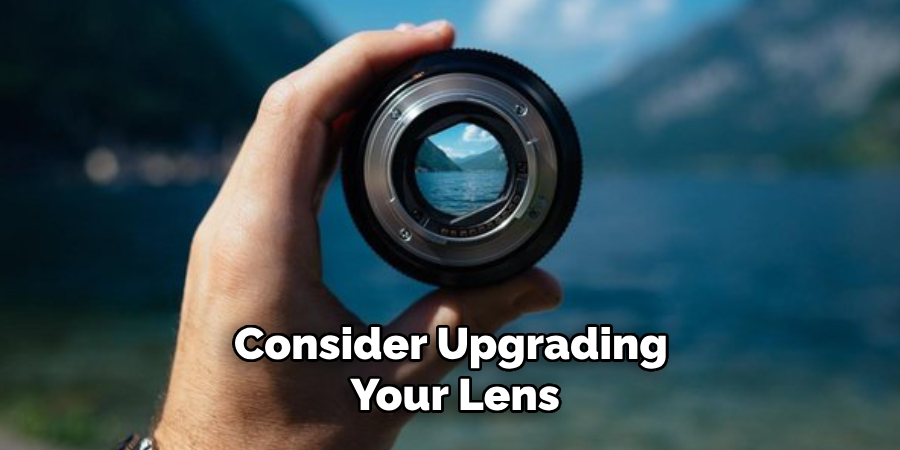
Step 3. Adjust Your Helmet’s Fit:
A poorly fitting helmet can contribute to fogging issues as it restricts airflow and traps heat inside. Make sure your helmet fits snugly on your head without being too tight. Additionally, check for any gaps between the helmet and your face; if there are any, consider using a liner or sweatband to prevent moisture from accumulating.
Step 4. Use Anti-fog Inserts:
Anti-fog inserts are a practical solution to prevent fogging in your welding helmet. These inserts are typically made of a special material that absorbs moisture and prevents it from condensing on the visor. Here’s how to use them:
- Choose the Right Insert: There are various types of anti-fog inserts available on the market. Ensure you select one that is compatible with your welding helmet and satisfies your needs.
- Install the Insert: Follow the manufacturer’s instructions to install the insert properly. Most inserts have adhesive backing that lets you stick them directly onto the visor. Make sure the insert is positioned correctly and covers the entire surface area of the visor.
- Replace When Necessary: Anti-fog inserts have a limited lifespan, depending on the frequency of use and the working environment. Monitor the insert’s condition and replace it when it loses effectiveness.
Step 5. Improve Ventilation in Your Helmet:
Proper ventilation is essential for preventing fogging. Here are some ways to enhance the air circulation in your welding helmet:
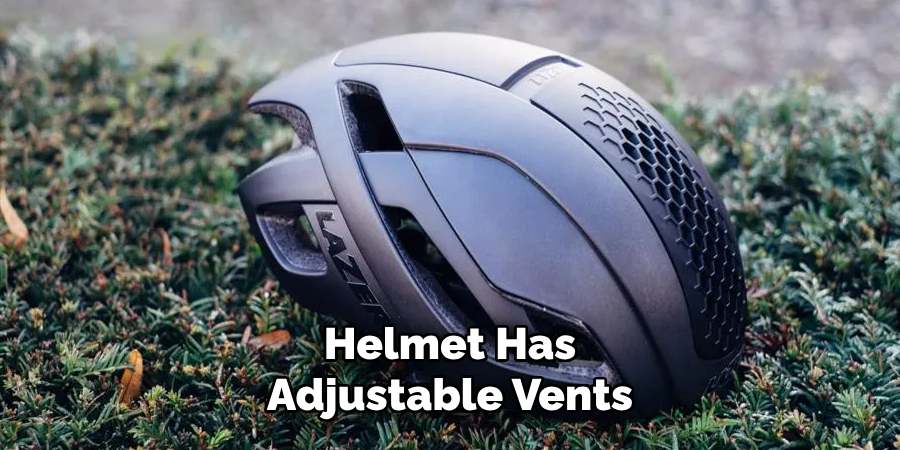
- Adjust Ventilation Settings: If your helmet has adjustable vents, ensure they are open to allow airflow. This helps to equalize the temperature inside and outside the helmet, reducing the chances of condensation.
- Add Ventilation Accessories: Consider adding aftermarket ventilation accessories for helmets with inadequate built-in ventilation. These can include additional vents or small battery-operated fans that improve air circulation inside the helmet.
- Work in a well-ventilated Area: Ensure your workspace is well-ventilated. Good airflow can help reduce humidity and prevent fogging.
Step 6. Use a Helmet Liner or Sweatband:
Excessive sweat can contribute to fogging in your welding helmet. Using a helmet liner or sweatband can help manage sweat and keep it away from the visor:
- Choose Moisture-Wicking Materials: Opt for sweatbands or liners made from moisture-wicking materials that draw sweat away from your face. This prevents sweat from accumulating inside the helmet and condensing on the visor.
- Regularly Change Liners or Sweatbands: Over time, liners and sweatbands can become saturated with sweat. Make sure to replace or clean them regularly to maintain their effectiveness.
Step 7. Store Your Helmet Properly:
Proper storage of your welding helmet can also prevent fogging issues. When not in use, make sure to store your helmet in a cool, dry place.
This prevents moisture build-up and maintains the effectiveness of any anti-fog treatments applied to the visor. Additionally, avoid placing your helmet in direct sunlight or near heat sources, as this can cause the visor material to degrade over time.
Step 8. Control Humidity Levels:
If you often work in a humid environment, investing in dehumidifiers or climate control systems in your workspace might be worth it. Reducing the ambient humidity can help prevent fogging and improve overall welding comfort.
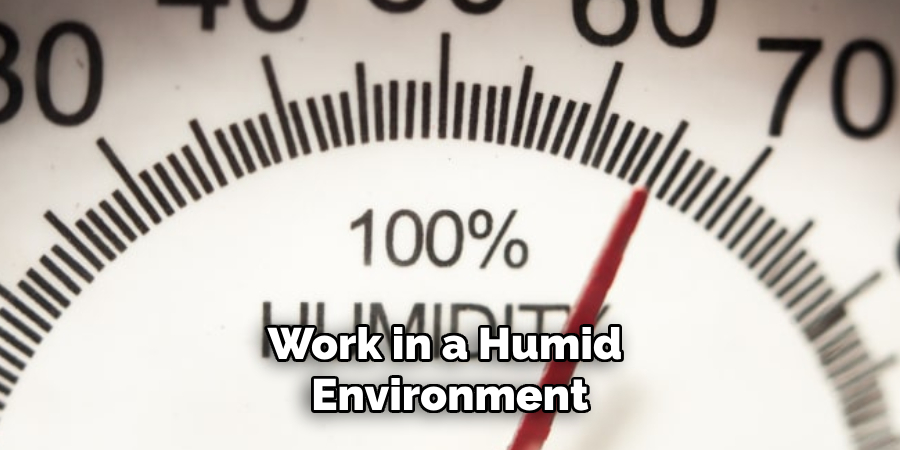
Step 9. Avoid Breathing Directly onto the Visor:
Be mindful of how you breathe while wearing your helmet. Exhaling directly onto the visor can introduce moisture and cause fogging. Try to direct your breath downward or to the sides of the helmet.
Step 10. Regularly Inspect and Maintain Your Equipment:
Regular inspections and maintenance of your welding helmet can catch any issues before they become significant problems:
- Check for Damage: Inspect your helmet for any cracks or damage that could affect its performance.
- Clean Regularly: Keep your helmet and visor clean to ensure optimal visibility.
- Replace Worn-out Parts: Replace any worn-out parts, such as seals or straps, to maintain a proper fit and airflow.
Following these steps and properly maintaining your welding helmet, you can significantly reduce the chances of fogging and ensure a clear view while working.
5 Things You Should Avoid
- Using Harsh Chemicals: Avoid using strong cleaning agents or solvents on your visor. These chemicals can damage the anti-fog coatings and the visor’s material, leading to reduced effectiveness and potential safety hazards.
- Ignoring Helmet Fit: A loose or improperly fitted helmet can exacerbate fogging issues by allowing warm, moist air to circulate inside. Always ensure your helmet fits snugly and adjust straps for a secure fit.
- Over-tightening Ventilation Settings: Completely closing or over-tightening the vents on your helmet can restrict airflow, increasing the likelihood of fogging. Leave vents slightly open to allow for proper ventilation.
- Skipping Maintenance: Neglecting regular cleaning and checking for damage can lead to fogging problems. Make it a habit to inspect and maintain your helmet routinely to keep it in optimal condition.
- Breathing Directly on the Visor: Exhaling directly onto the visor can cause immediate moisture build-up. Be conscious of your breathing patterns while wearing the helmet and try to direct your breath away from the visor.
Conclusion
How to stop fogging in welding helmet can be a significant hindrance, affecting both safety and work efficiency.
You can effectively minimize fogging issues by following a comprehensive approach that includes selecting the right anti-fog solutions, improving ventilation, and maintaining proper hygiene.
Implementing these steps ensures a clearer view and enhances overall safety and comfort while welding.
Regular inspection and maintenance are crucial to extending the lifespan of your equipment and ensuring it performs optimally.
By prioritizing these practices, you can maintain clear visibility and create a more efficient welding environment.
Edmund Sumlin is a skilled author for Metal Fixes, bringing 6 years of expertise in crafting a wide range of metal fixtures. With a strong background in metalwork, Edmund’s knowledge spans various types of fixtures, from decorative pieces to functional hardware, blending precision with creativity. His passion for metalworking and design has made him a trusted resource in the industry.
Professional Focus:
- Expert in Metal Fixtures : Edmund aesthetic specializes in creating durable and innovative metal fixtures, offering both appeal and functionality. His work reflects a deep understanding of metalworking techniques and materials.
- Sustainability Advocate : He is dedicated to using sustainable practices, ensuring that every fixture is crafted with eco-friendly methods while maintaining high-quality standards.
In his writing for Metal Fixes, Edmund provides valuable insights into the latest trends, techniques, and practical advice for those passionate about metal fixtures, whether they are professionals or DIY enthusiasts. His focus on combining artistry with engineering helps others discover the true potential of metal in design.


